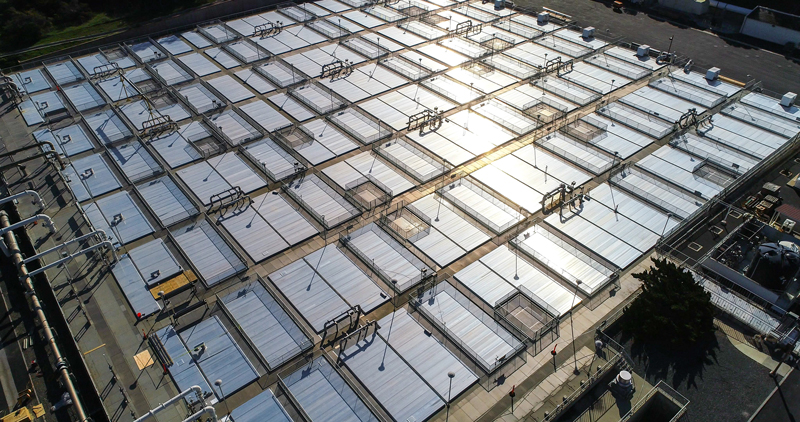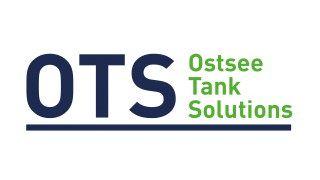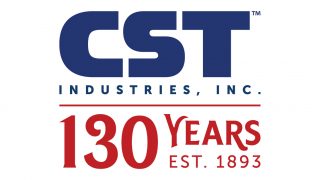
Published in the October 2019 issue of WE&T Magazine
Water is a precious resource. If it’s mishandled the results can be devastating from an environmental and financial standpoint. When you operate a wastewater treatment facility near the Pacific Ocean, the stakes are even higher.
The Encina Wastewater Authority is based in Carlsbad, California and serves over 400,000 residents and regulates approximately 600 businesses in a 125 square mile service area of northwest San Diego County.
The Authority takes its mission seriously: to deliver cost-effective services to its patrons and act as good stewards of the natural environment. Careful forecasting and planning go into every capital expenditure so Encina’s facilities operate at maximum output with a minimal footprint.
Water that isn’t recycled for irrigation and other non-potable uses is discharged into the ocean. According to the Authority, “high treatment-plant reliability is essential for protecting the Pacific Ocean, which ensures that anyone visiting local beaches enjoys a fishable and swimmable marine environment. Furthermore, protecting the ocean and the recreational use of beaches is essential to maintaining the region’s economy and quality of life.” That’s a big responsibility.
Over the years, Encina has upgraded its elaborate network of tanks, treatment systems and pumping stations with an emphasis on performance, safety and aesthetics. The facility has eight 35’ x 300’ aeration basins, where organic material in wastewater is broken down by activated sludge containing microorganisms. Each basin requires a secure cover that will prevent odors from escaping, is safe for operations and maintenance staff and also pleasing to the eye.
When it came time to upgrade the aeration basins, capital projects manager Jimmy Kearns remembered the positive experience the Authority had with CST, the worldwide leader in the design, manufacture and construction of custom aluminum covers and structures for architectural, environmental and industrial applications.
“Our first experience with CST was on the rehabilitation of an influent junction structure,” says Kearns. “We were impressed with the look and feel of the CST cover system, the quality and overall experience.”
Kearns continues, “The old covers on the aeration basins, dating back to 1982 and 1992, had exceeded their useful life. Water had infiltrated, they were UV damaged and unsafe.”
Additionally, Encina’s design consultant, Carollo Engineers, had engaged with CST on numerous successful aluminum cover projects at facilities across the country. Carollo project manager Jeff Weishaar, PE, embraced the challenge of working with CST and Encina’s operations, maintenance and safety staff to custom-design the covers and other appurtenances for the aeration basins to meet Encina’s needs. Kearns recommended that the Authority engage CST to custom design aluminum covers for each of the eight aeration basins.
CST has supplied over 19,000 covers in more than 90 different countries and offers multiple structural, high-strength aluminum design solutions including domes, extruded flat covers, formed flat panel covers, truss supported covers, as well as custom products specifically designed for unique vertical and overhead applications.
Encina’s facility is in a high visibility location – bounded by the I-5 freeway, beachfront residential property and several small businesses – which means every component of its treatment system must be pleasing to the eye and odor-free.
Safety is also a key issue. Like any employer, Encina has restrictions on the amount of weight that can be lifted by staff, so Kearns and the engineering team put a lot of thought into how easily the cover system could be handled.
“One of the advantages of the CST cover system is the cost associated with the manual effort of removing and replacing it,” says Kearns. “With the old covers, for removal, staff were required to wear a full body fall harness, tied off to fall protection. Now when they need to conduct a visual inspection or access the basins to perform maintenance they can safely remove the covers from the outside of a guardrail perimeter. The reduction in injury risk and fall potential is huge.”
He continues, “It can look great from the designer’s or builder’s perspective, but it all comes down to the operator being able to work with the cover system on a daily basis. Ultimately, that’s the consideration.”
CST manufactures multiple designs that are engineered specifically for each installation to provide excellent odor control, protection from the environment and safety for operations personnel. Its extruded aluminum panel cover can be custom designed to meet specific functional and design loading requirements. All aluminum designs are constructed of 6063-T6 and 6061-T6 aluminum structural members to ensure quality, durability and longevity.
“Jimmy was looking for something aesthetically pleasing and functional for the staff and, most importantly, safe,” says Jeremy Neill, P.E., sales engineer and partner at Coombs-Hopkins, an authorized CST sales representative. “Our cover customers need ease of accessibility, and the CST design and fabrication team excels at creating the right solution for every situation.”
Like any custom installation on a project with multiple contractors and deliverables, there were challenges.
“We’d look at the basins and say they’re all the same dimensions but there were minor variations in the use of support beams and width of the covers,” says Kearns. “It was a tedious, time-consuming project from design to shop drawing through fabrication but Jeremy and CST rose to the occasion at every turn.”
CST Contact Information:
CST Industries, Inc.
Edgar Saenz
Regional Sales Manager
310-353-5162
esaenz@cstindustries.com

